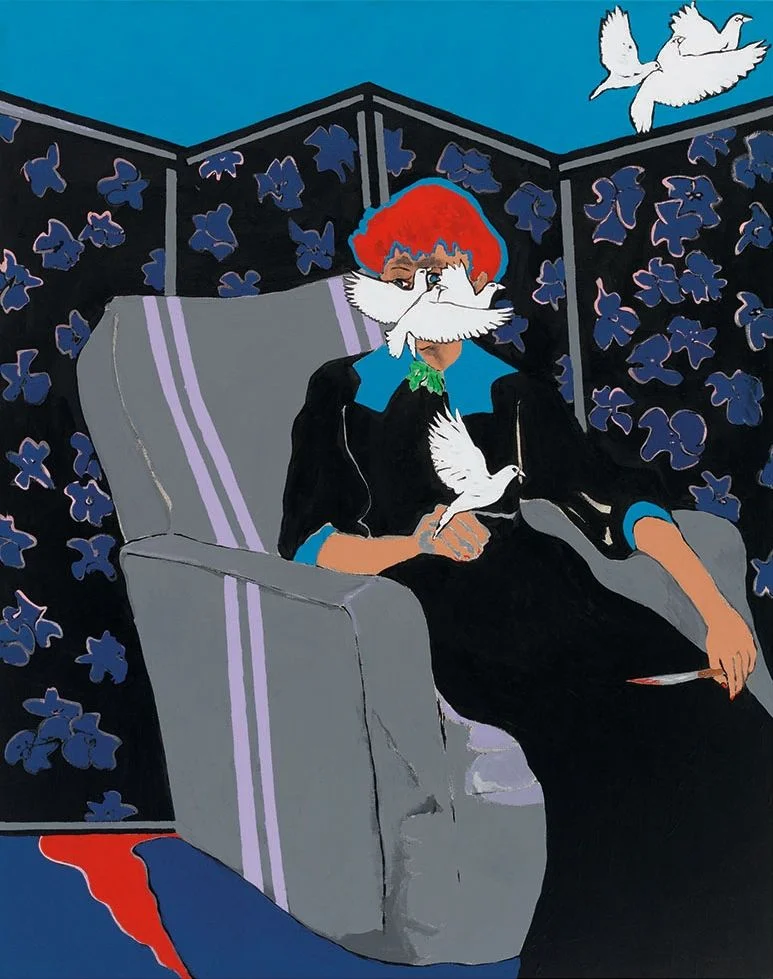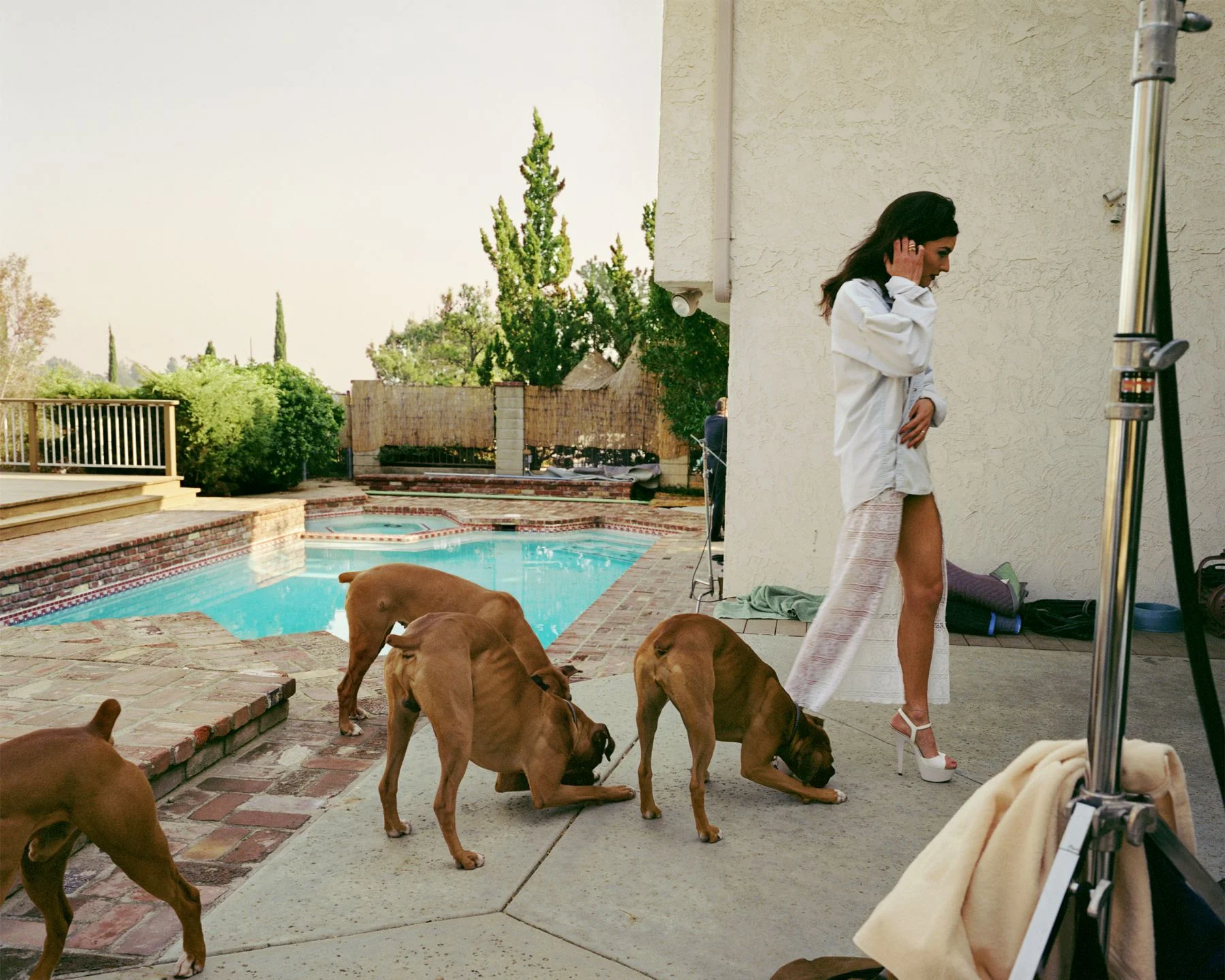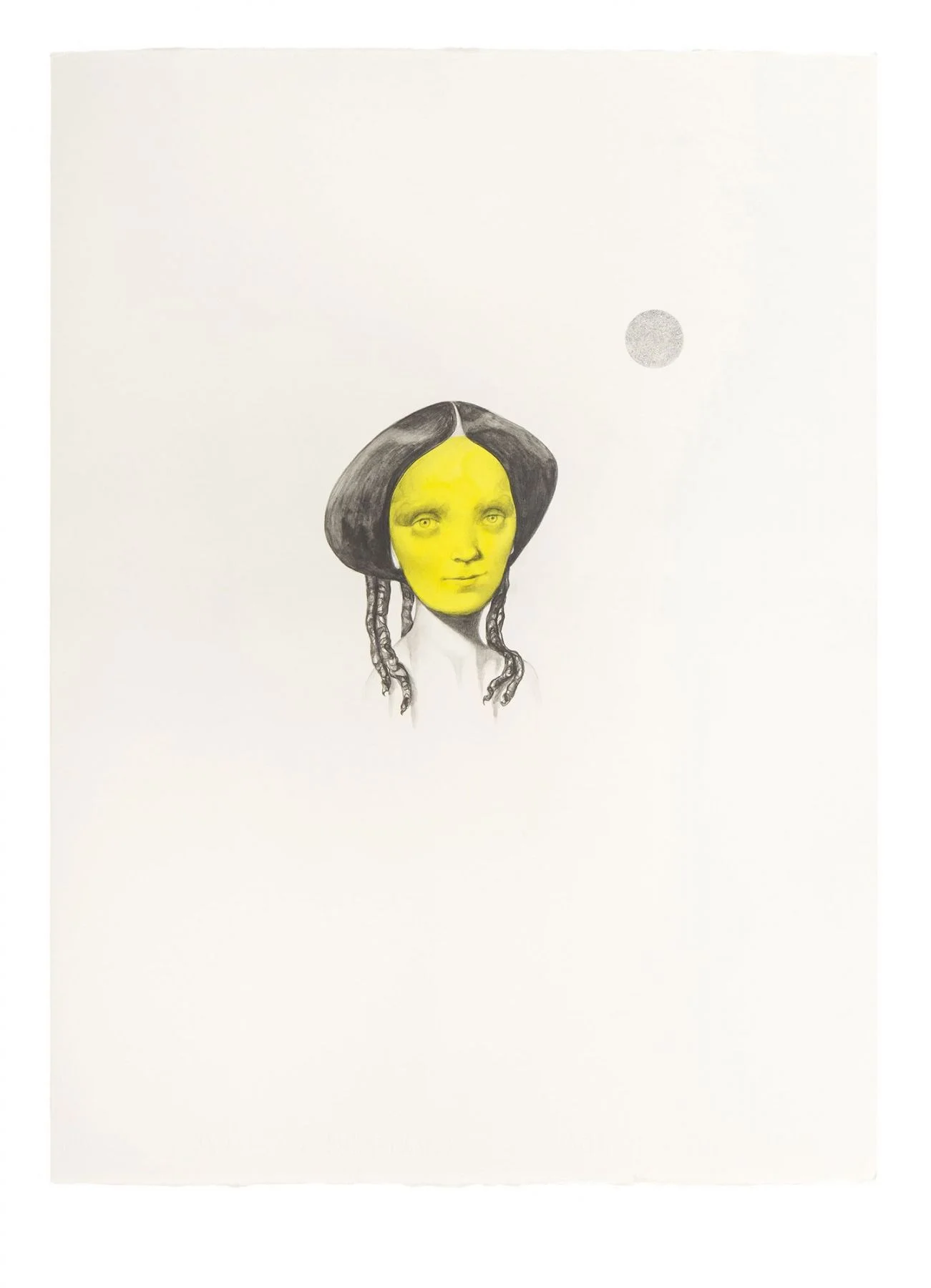Laura Lima
“I hope this finds you well”
New York, 521 West 21st Street
Since the mid--1900s Lima’s practice has been a domain for transgression—continually escaping traditional classifications, her work attempts to visually articulate a personal glossary of concepts that the artist has worked and reworked over the course of her career. The conceptual structure of Lima’s work is underpinned by the equation “Man=flesh/Woman=flesh.” First conceived by the artist in a group of works by the same name, the concept of “Man=flesh/Woman=flesh” transcends hierarchies and explores the binary of the living and non-living. For Lima there is no hierarchy: humans, animals, and even spaces are tethered to the same plane, as matter, flesh, or bodies. This exhibition presents four distinct bodies of work that subvert common classification and invite the viewer to look again and re-conceive the established language of art. The exhibition, I hope this finds you well., insinuates communication involved in an effort to achieve something, be it a certain understanding or the act of translation; taking on concepts of adaptation and metamorphosis as a result of translation from one body to another.
Occupying the first-floor gallery is Lima’s ongoing work Tailor Shop, a fully functional tailoring workshop. In the workshop, a team of local tailors work to produce a collection of garments, creating portraits that translate and interpret the artist’s ideas based on their own experiences and knowledge. The vestments created for each work are based off of abstract portrait drawings Lima has made of friends, family, historical figures, and people who have inspired her, and are titled after the first name of the individual. In what the artist refers to as Instances, Lima constructs the work through other people who perform the tasks she has designed; feeding off of chance, while also creating a dialogue between artisanal labor and the art-making process, and the exhibition spaces and use of objects. Drawing upon the concepts outlined in “Man=flesh/Woman=flesh,” Lima considers the artisans as matter occupying the space in the same way as the objects, furniture, and architecture, which work together to communicate and translate her concepts. Tailor Shop develops and modifies as it is happening; in a constant state of becoming, the installation encourages visitors to observe the process of art making throughout the duration of the exhibition and to come back to see the progress evolve. As the exhibition unfolds, the completed garments made by the tailors become individual works and are hung on the walls of the gallery for display.
Tailor Shop was first exhibited as part of the artist’s solo exhibition at the Bonnefanten Museum in Maastricht in the Netherlands, between 2014 and 2015, during which she was awarded the Bonnefanten Award for Contemporary Art. Most recently, Tailor Shop was presented at the Pinacoteca de São Paulo in Brazil in 2018. In each iteration, new portrait drawings are created by Lima. By working with local tailors, traces of their personal styles, influences, and techniques emerge, making each portrait unique and specific to its location and collaborators.
On view in the main upstairs gallery are new works from the artist’s ongoing “Wrong Drawings”. The “drawings” are composed of natural cotton with pieces of charcoal attached to them; over time, the coal begins to dye the works. In a continual state of fluidity the works are dated far into the future, suggesting an eventual time when they may reach completion.
Charcoal as matter is comprised of carbon, the building block of life and all living constituents. Casting the works as a memory of the future, Lima again explores the mutability of her artworks by setting the stage and directing the action of the matter to translate and execute her will.
Presented in the adjacent gallery is a series of works titled, “Nomads,” in which the artist employs a copyist to paint replicas of centuries-old landscape paintings. Operating under Laura’s instruction, the copyist subtly modifies and translates the scenes, sometimes removing people or replacing the original vegetation with samples copied from botany books. Lima then folds and cuts the canvases, displaying these translations of paintings from the past as masks or portraits concealing the face. By removing subjects from these scenes, the humans can be imagined behind the eyes of the mask. Drawing upon what the artist calls “Ornamental Philosophy,” Lima challenges the conventional view of ornamentation as something extraneous or unimportant, while also addressing these forms of translation and subjectivity that are still open to exploration. Firmly grounded in Lima’s poetics, the exhibition calls into question fixed identities and classification through the exploration of communication from one body to another.







